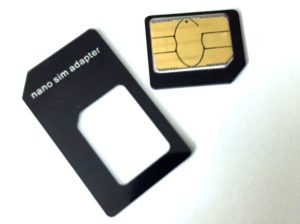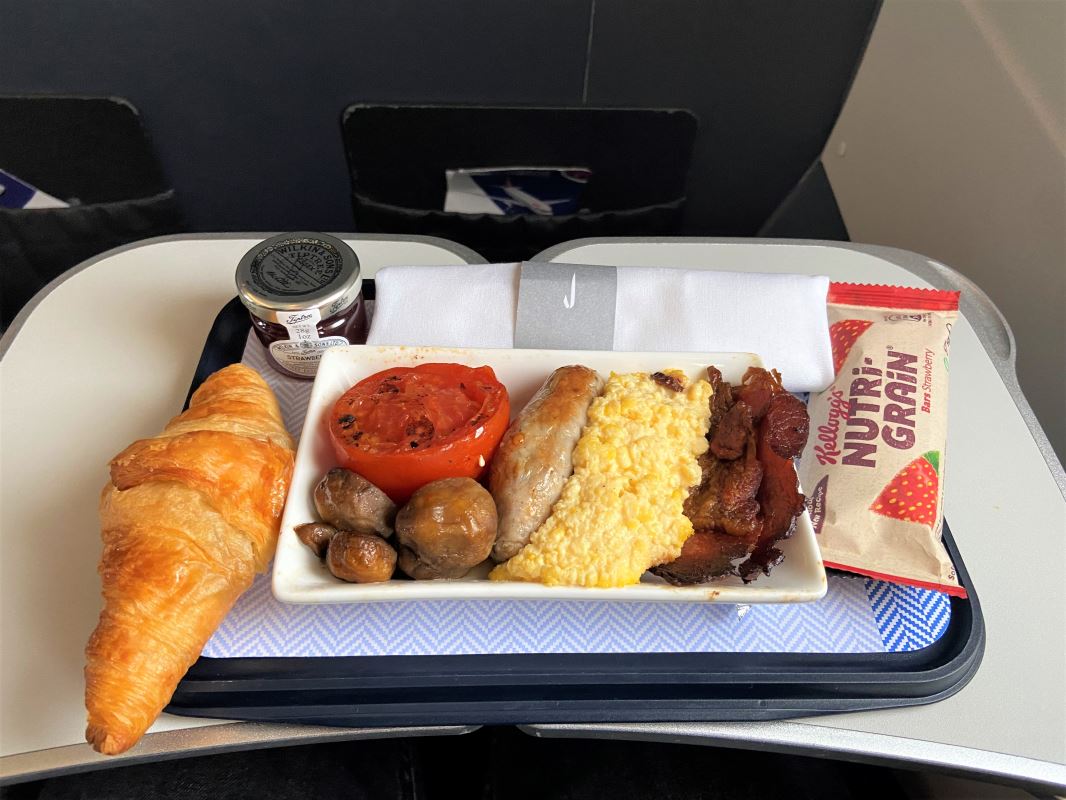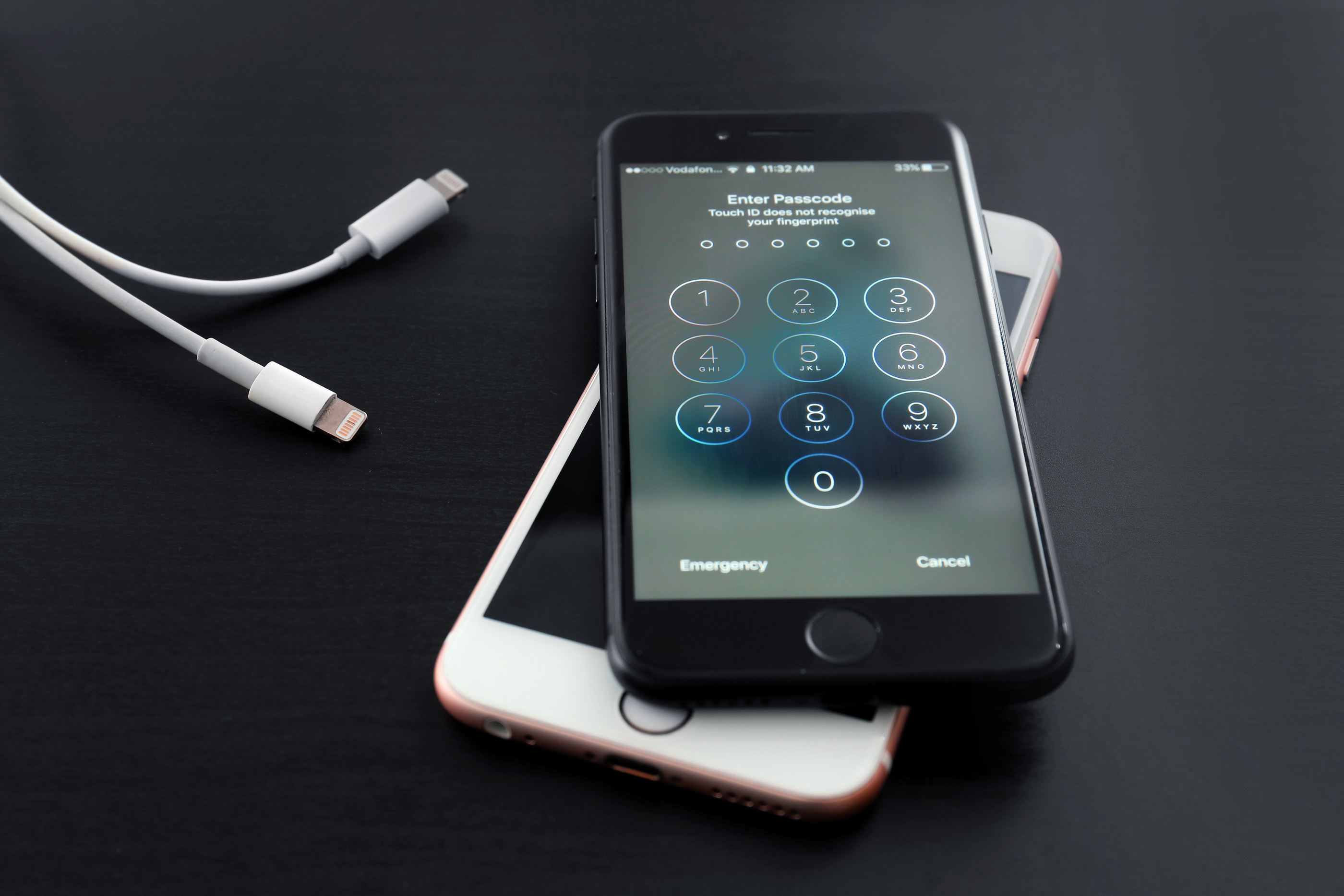I am one of those people that believe that when you’re on vacation, it’s best to try to get off the grid. Obviously, that’s not always practical. Sometimes you are in a new place and need directions. You need to call your family or friends to let them know that you arrive safely, or you are waiting for an important email. Or you just want to periodically check emails to make sure that nothing is falling apart at home or work. Whatever the reasons, it’s not always possible to stay disconnected.
YOU NEED TO BE CONNECTED WHEN YOU ARE ABROAD. WHAT ARE YOUR OPTIONS?
This comes up every time I travel internationally. Looking back, I’ve actually tried numerous solutions. In this post, I am going to broadly generalize the different options because data/voice plans vary by carriers and destinations, not to mention that data/roaming options are constantly evolving.
1. Local Prepaid SIM (Subscriber Identity Card)

In my early travel days, I just buy a pre-paid local SIM card, insert it into an unlocked phone and voila! Usually local SIM cards are relatively cheap. I used to buy SIM cards for making calls, so data wasn’t even in the mix. Luckily, many pre-paid SIM cards now also offer data bundles. The key here is to have an unlocked phone. The good news is that even if your phone is under contract, most of the major U.S phone carriers have policies that allow you to unlock your phone for international use only.
PRO TIP: You can usually buy the local SIM cards at telecom stores at airports. I always try to get the local SIM card ahead of time, with good success on Ebay. This way, I also don’t have to worry about shopping for SIM when I get to my destination, especially if I can’t speak the language or if my flight lands at some odd hours. I like to hit the ground running.
2. International SIM cards
I also have an “international” SIM card for the longest time through a company called GO-SIM. You buy the SIM card and you top up when the balance runs low. The rates are less favorable then local SIMs, but I like them mostly for the convenience. You can use the same number across countries and it’s a nice backup in case of emergencies. The balance never expires.
Not all SIM companies are the same. I used another international SIM provider (eKit) and had a relatively poor experience with that company. Calls in Canada failed to connect, yet my balance still got debited for the attempted connection. I was constantly reminded to top up to keep SIM active or they would deactivate the card. Their customer service is not particularly helpful at resolving some of these issues. I finally decided to cut my losses with eKit and abandon that SIM card instead of trying to keep it active.
PRO TIP: The international SIM card is convenient, though it uses a “dial-back” service. Basically, you call the number, wait for it to connect and then hang up. The service then dials you back to connect the call. It’s a very different flow and it can get confusing, so it’s generally a good idea to make sure you know how to use your SIM card ahead of time.
3. T-Mobile/Sprint International Plans
T-Mobile’s Simple Choice Plans comes with a “free” international roaming that covers text and data for over 140 countries. Calls are at a rate of $.20 USD per minute. This option is a game-changer for anyone who travels often.
I had T-Mobile as my domestic carrier for many years until I finally switched to AT&T so I can get an iPhone. Eventually, I moved on to Sprint because of a sweet family plan promotion. Luckily, Sprint also offers an international roaming plan like T-Mobile, only with fewer participating countries. Just like T-Mobile, Sprint also charges a flat rate per minute for voice.
While I have a soft spot for T-Mobile, I decided to stick with Sprint due to its unlimited data plan and consistent LTE coverage. When I was on the cheapest T-Mobile Simple Choice Plan, I kept hitting the 1gb cap and web surfing became unbearably slow. It was like experiencing dial-up all over again. Upping to the unlimited plan with T-Mobile would wipe out any cost-savings when all other things are equal.
In any case, for those of you who have either Sprint or T-Mobile, you’ve got options.
PRO TIP: These “free” international data roaming plans work reasonably well. I have gotten 3G speeds, though the fine prints only promise 2G speeds. Phone carriers still want to up-sell those upgrade options, so you can’t rely on the free option if you want lightning speeds.
4. SIM or MIFI Rental Services
There are companies out there that offer leasing of SIMs/Phones/MIFIs. I’ve tried this option through a company called Keepgo (formerly known as iPhonetrip) on at least two occasions. I’d opt for this option only if I have data needs in a multi-countries itinerary, and I don’t want to deal with getting multiple SIMs. You can use the same SIM card throughout your trip — there’s no weird dial-back, or overages. This option is not cheap, but it is very convenient.
PRO TIP: If you’re on a budget, always check to see if your destination offers cheap SIM cards option first. Generally, I find leasing to be of relative good value when traveling to Europe across countries. It’s not as good a value in Asia where SIM cards are readily available and relatively inexpensive.
4. Google’s Project FI
Google’s Project FI had long been in the works, and came out last year to the public with great fanfare. Feedback seemed to be overwhelmingly positive, including for international use.
The pricing plan for Project FI appeared competitive as well. However, as much as I like Google, I haven’t jumped on it because I am still under contract with Sprint. I don’t want to pay for another phone yet. I have a great unlimited plans with Sprint. For those who are not tied down by a contract, Google FI is another viable option to look into. I may give Google FI a try at some point, but in the meantime, I will defer to the expertise of those who have used it.
In Summary
You definitely have choices. Not all the choices are great, but it’s encouraging to see that phone carriers are gradually improving their international offerings in large part due to competition in the marketplace. I would go as far as to give a huge kudos goes to T-Mobile for kicking it off with their “Un-Carrier” initiatives. T-Mobile disrupted the market and forced other carriers to come up with more competitive options and pricing. And in my book, any competition that gives way to more choices for consumers is a healthy competition.











Love this. When buying from eBay is everything set up for me? Just bought an unlocked nexus 6p and am travelling to Italy in September 🙂
If you have an unlocked phone and a prepaid sim, you are in good shape. I’ve had yet run into problems with any of the SIMs I got online.
One caveat to note (though most of the SIM include instructions): it’s possible you may have to modify the APN (Access Point Name) on the device once you pop in the pre-paid SIM. I’d say 4 out of 5 times, the APN is automatically detected and set up so you usually don’t have to do anything but that’s just something to keep in mind.
And sounds like you’ll have a good trip coming up! 🙂
I also use GO-SIM when I’m abroad, and was talking to a customer services rep recently. Apparently, they have a new SIM launching in the next few weeks, which has direct calling (ie no callback) in 80 countries. I have also found the callback process a bit frustrating (thanks, muscle memory), so this will be significantly more convenient.
That’s great info. Ha, I could relate on the callback process. I once loaned the GO-SIM card to my parents during a trip, and let’s just say …they’ve never asked for it ever again. 🙂 I am glad GO-SIM is coming out with an easier option, I’ll keep an eye out for it. Thanks for sharing!
3.5